Developing the Boston suburbs
| Title | Panoramic View of Boston Showing Golden Semicircle |
| Creator | Greater Boston Business Magazine |
| Year | 1959 |
| Dimensions | 30 × 43 cm |
| Location | Leventhal Map & Education Center at the Boston Public Library |
In the early 1950s, Massachusetts began upgrading Route 128, a ring of roads around the circumference of Boston, to become one of the state's first limited-access highways. With the exploding popularity of automobile ownership after World War II, car travel was quickly becoming the dominant mode of transportation, and older, single-lane roads were choking under the number of cars on the road. But for Bostonians, Route 128 wasn't just an infrastructure project—it also became a shorthand for the new geography of suburbanization that led to an exodus of both residents and business from the old urban core.
Wander across the exhibition →
In a 1955 Business Week article titled “New England Highway Upsets Old Way of Life,” the authors referred to Route 128 as the “Magic Semicircle,” noting that the corridor had become particularly attractive to technology firms establishing a new kind of corporate environment: the office park. Likening Route 128 to the miracle taking place in Silicon Valley, the press soon had a new version of the name that stuck: the “Golden Semicircle.” As a 1969 commentator put it, “It is not clear whether the name derives from the high technologies flourishing in the glass rectangles along the route or from the Midas touch their entrepreneurs have shown in starting new companies. Maybe both.” ()
This map, from a 1959 edition of Boston Business Magazine, pictured the route of this economic wonderland. Tracing the highway's path out in a vivid gold, the map places red dots on the locations of the major industrial parks that had sprouted up along the highway interchanges. Another type of new suburban amenity—the shopping area—was also shown on the map, with green triangles marking the locations of sites like the North Shore Shopping Center. These places were paydirt for the corporate developers of the 1950s, a time when a baby and a consumer boom, coupled with automobility, were completely reworking residential and commercial patterns.
A headline in a Boston Globe article from 1956 announced that the “‘Golden Semicircle,’ Rte. 128” could be “Credited for Burlington's Upsurge,” referring to the town halfway between Boston and Lowell, near the industrial park numbered 8 on this map. A state official remarked to the Globe that the highway had “transformed a typical New England country town into one which now is serving as a home for a number of solid industrial concerns as well as several growing business establishments.” () Indeed, towns like Burlington, Lexington, Lincoln, and Wellesley, which had been little more than overgrown rural villages just a few decades earlier, became centers for intensive suburban expansion. As prominent developers like Cabot, Cabot, and Forbes rushed to buy up land, entire swaths of farms and woodlands were turned into cul-de-sacs and parking lots.
This map also shows the ambivalent relationship of the suburban boom the city center. Boston is a tiny figurative skyline in this map, though the highway and railroad connections from the core to the suburbs are given top billing. The suburbs of the Golden Semicircle relied on the city for certain functions, and they were glad to have easy highway access to it, but they were also just as glad to leave it alone, leading to a harrowing economic collapse for the City of Boston during these years. The economic promise of the suburbs also reshaped the political and racial dynamics of the state, as suburbanites increasingly turned towards concerns like environmental protection and away from the poor and minority communities who had been left behind in a struggling city. () In 1969, Glendora Putnam, the chairman of the Massachusetts Commission Against Discrimination, rejected the terms “Electronics Row” and “Golden Semicircle” for Route 128, choosing another, more pointed moniker for the highway: “The Great White Way.” ()
Bibliography
- Globe 1956
- “‘Golden Semicircle,’ Rte. 128, Credited for Burlington's Upsurge,” Boston Globe (19 February 1956): C29.
- Eure 1969
- Dexter D. Eure, “An all-white Rte. 128,” Boston Globe (18 November 1969): 19.
- Lieberman 1968
- Henry R. Lieberman, “Technology: Alchmeist of Route 128,” New York Times (8 January 1968): 139.
- Geismer 2014
- Lily Geismer, Don't blame us: suburban liberals and the transformation of the Democratic party (Princeton University Press, 2014). oclc:927817513
